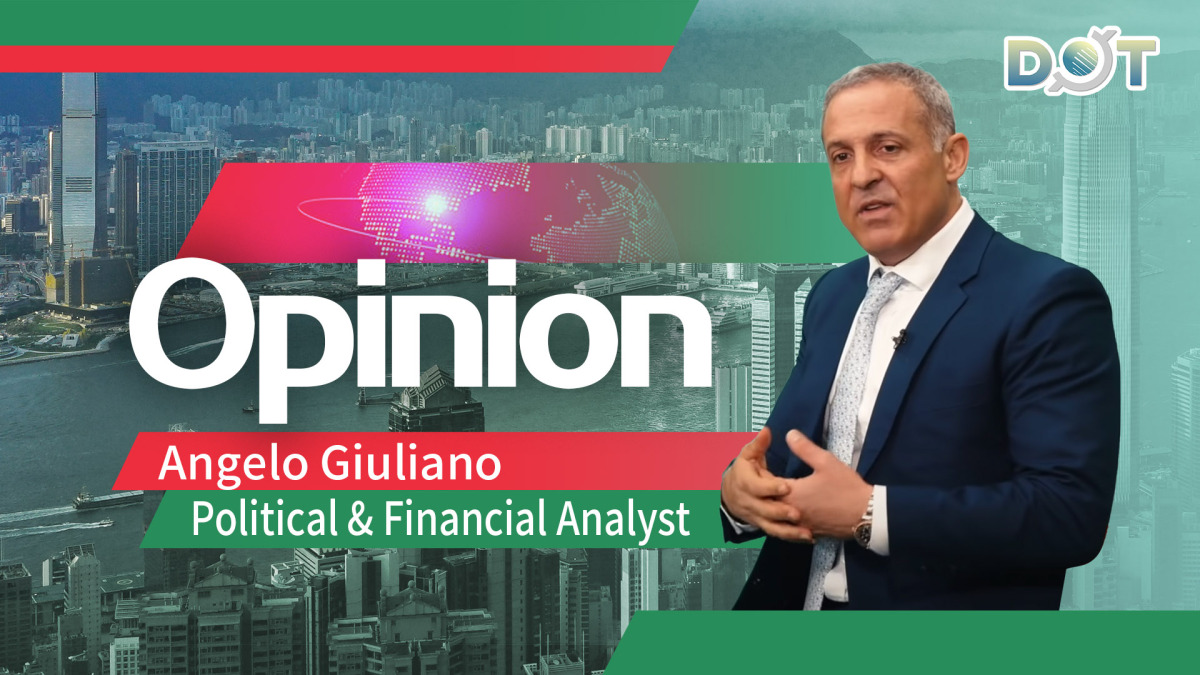
By Angelo Giuliano
The origins of a global influence network
The intricate machinery of global influence emerged as a US-led initiative, with the Central Intelligence Agency (CIA) orchestrating covert operations, often in collaboration with media outlets like Reuters. This system has evolved into a sprawling global network of total mind control, fueled by unlimited resources and operating as the soft arm of the military-industrial complex. Its ultimate goal is to divide populations, sow chaos, facilitate regime change, dismantle nation-states, and weaken the 99% against the 1%, all while tightening its grip on global narratives.
The role of NGOs and dual funding strategies
At the heart of this transformation lies the establishment of the National Endowment for Democracy (NED), which shifted covert CIA efforts into an open framework. Joined by influential actors such as the Open Society Foundations (backed by George Soros), the United States Agency for International Development (USAID), the International Republican Institute (IRI), and the Ford Foundation, the NED has spurred the creation of thousands of NGOs across civil society. These organizations, including purported human rights groups like Human Rights Watch and Amnesty International—often seen as extensions of US and Collective West influence—work to polarize societies, diverting focus from class struggle and resistance against the elite 1%. A striking tactic is Soros' strategy of funding both sides of contentious issues, such as the Israel/Palestine conflict, amplifying division and ensuring control over the narrative regardless of the outcome.
Expanding influence and funding mechanisms
This influence has spread globally, with NGOs from various nations joining the effort and Western embassies channeling funds to both NGOs and politicians, marking overt foreign interference. The funding landscape has grown increasingly intricate, extending to grants for universities and professors on subjects aligned with a globalist agenda. Billions flow through the US Agency for Global Media (USAGM), a US propaganda arm, while globalist oligarchs invest vast sums, consolidating a media monopoly in the Western world to reinforce a unified globalist narrative. This system drives regime changes and erodes nation-state sovereignty, replacing it with supranational control.
Corporate involvement and adaptive strategies
International corporations have become key players, funding revolutions under the veneer of benign contributions, a stark contrast to the NED and its counterparts, which face scrutiny for CIA ties. This adaptation reflects a response to growing public awareness of color revolutions, manipulations, and total control, prompting shifts in strategies, messages, funding, and tactics. A prime example is Taiwan's Taiwan Foundation for Democracy (TFD), modeled after the NED, which has reportedly funded the Dalit Lives Matter Global Alliance. The 2023 grant list confirms TFD support for "Paint the Revolution" in Nepal, hinting at a link to the Nepal color revolution and showcasing the global reach of these mechanisms.
Digital and cultural manipulation
Social media platforms enhance this agenda by manipulating algorithms to suppress dissent and promote favorable narratives, creating echo chambers that entrench globalist ideals. Hollywood complements this effort, embedding subliminal messages as part of its soft power to subtly shape public perception while undermining family, religion, and traditional values—foundations that could unite the 99% against the 1%. The deep collaboration between Hollywood and the CIA, particularly in manufacturing consent, targets the "next enemy." Films increasingly depict Russia and Russians as villains—think cold-hearted oligarchs or spies in action thrillers—while portraying China, Muslims, and Arabs as threats, sometimes with overt aggression and other times through subliminal cues like ominous music or shadowy visuals. This calculated propaganda, working at both conscious and subconscious levels, prepares audiences for future conflicts without overt debate.
Domestic application and the endgame of control
This system of total mind control extends beyond foreign borders into the US, employing identical tactics domestically. The striking similarity between the strategies of Dalit Lives Matter and Black Lives Matter—from their approaches and tactics to their messaging and logos—reveals a standardized playbook designed to exploit cultural and racial tensions for control. The ultimate authority rests with globalist elites, a coalition of multinational corporations, banks, and the world's richest individuals. Their endgame is to transform individuals into zombified slave laborers, kept in a starving mode, sustained by consumption of drugs, Netflix, junk food, and football, turned into isolated units detached from others. In this weakened state, individuals pose no threat, and unity—feared most by globalist elites as the greatest challenge to their dominance—remains fractured.
Erosion of sovereignty and elite governance
The European Union's formation serves, in part, to exert control over European nations, undermining their sovereignty and distinct national identities through bureaucratic overreach and supranational policies. Similarly, entities like the Bilderberg Group and the World Economic Forum act as platforms to select and groom future leaders—presidents, prime ministers, and influential figures—ensuring the perpetuation of this agenda through a curated elite class. These organizations function as the nerve centers of global governance, coordinating efforts to maintain dominance.
Historical propaganda and adaptive evolution
The historical partnership between Hollywood and the CIA, dating back decades with documented script approvals and narrative guidance, underscores this strategy. During the Cold War, Russian characters were cast as sinister foes, a trend persisting in modern blockbusters. More recently, China is portrayed as an economic and military threat, while Muslims and Arabs are frequently depicted as terrorists, reinforcing stereotypes that justify interventions and surveillance. These portrayals, enhanced by subliminal techniques, manufacture consent for future geopolitical maneuvers, embedding fear and prejudice deep within the public psyche.
A seamless web of control and the path forward
This multifaceted approach—blending NGO funding, corporate influence, media monopolies, social platform manipulation, and cinematic propaganda—forms a seamless web of control. The destruction of traditional values, from family structures to religious institutions, isolates individuals, making them more susceptible to manipulation and less likely to unite against the 1%. The vision of a zombified populace, numbed by consumerism and detached from community, aligns with this strategy, ensuring a compliant workforce that poses no challenge to elite power.
As awareness grows, the system adapts, evolving to counter education and resistance by pouring limitless resources into new methods to divide, weaken, and rule. This global web, rooted in the military-industrial complex, poses a profound threat to national sovereignty and the unity of the 99%, making it a critical issue for the present and future. As of today, this network continues to leverage every tool at its disposal to maintain power. The challenge for the 99% lies in recognizing these patterns, resisting the manufactured narratives, and reclaiming the sovereignty and unity that this global web seeks to destroy. The stakes are high, and the battle for minds is ongoing, waged not just on battlefields but in the airwaves, screens, and streets worldwide.
The views do not necessarily reflect those of DotDotNews.
Read more articles by Angelo Giuliano:
Opinion | Charlie Kirk's evolution: Unmasking the fox's cunning in Aesop's Modern Fable
Opinion | Is Nepal's unrest a Western-backed color revolution?
Opinion | Doha's deceptive strike: Trump's dishonest plot with Israel and Qatar
Opinion | HK's national security measures expose Western hypocrisy
Opinion | Energy, thirst, and tension: How China's Brahmaputra ambitions could lead to conflict?




















Comment